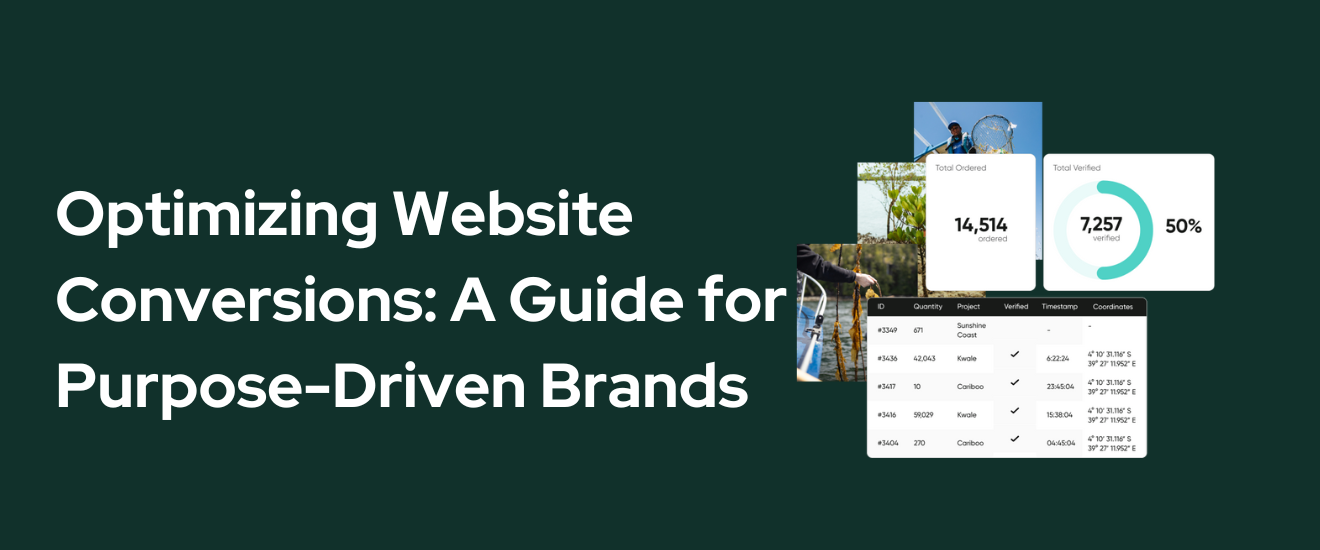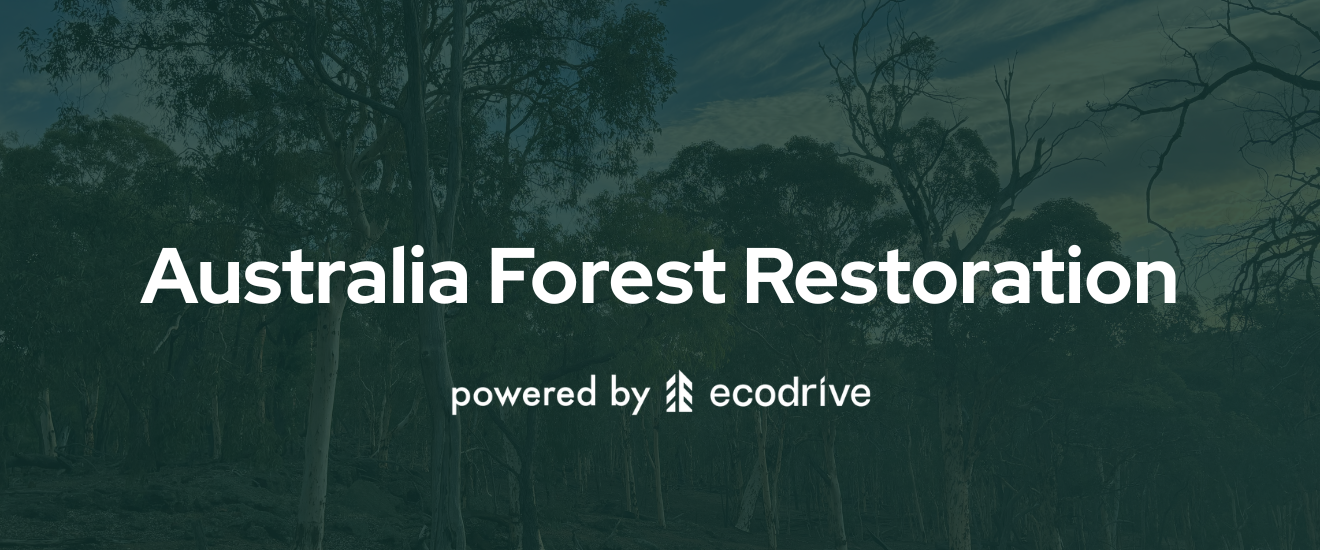Optimizing Website Conversions: A Guide for Purpose-Driven Brands
An in-depth look at how to tweak your website so that visitors convert into customers
Conversion optimization is often associated with A/B testing buttons and cutting down page load times. While those tactics matter, the most effective conversion strategies — especially for sustainability-focused brands — go deeper.
They align storytelling, trust signals, and user experience in a way that reflects your values and moves customers to act.
Whether you're selling products that plant trees, remove ocean plastic, or reduce waste, this guide will help you improve performance without compromising on what makes your brand unique.
Start With Clear, Action-Oriented Messaging
Many mission-driven brands lean into purpose — but forget to tell visitors what to do next. If your homepage focuses heavily on environmental values but doesn’t guide users to take action, you’ll likely lose conversions.
Strong websites pair purpose with clarity. Instead of saying, “We believe in a better planet,” say, “Shop sustainable essentials that remove one pound of ocean plastic per order.” Clear CTAs like “Shop Now,” “Start Your Impact,” or “See How It Works” help guide the journey.
Pro tip: Place your value prop and CTA above the fold on key pages. The more immediate and specific the message, the better.
Build Trust Through Verified Impact
Trust is a major driver of conversions — especially for eco-conscious consumers. According to a 2022 IBM study, 73% of consumers say they’re more likely to buy from brands that are transparent about sustainability practices.
One of the best ways to establish credibility is to showcase verified environmental impact. Platforms like Ecodrive, 4ocean, and Veritree allow brands to display real-time metrics: how many trees planted, how much plastic removed, or where kelp has been restored.
Here’s how to implement it:
- Add an impact counter to your homepage and checkout
- Use badges or icons on product pages (“This order plants 1 tree”)
- Link to impact dashboards or case studies for proof
Customers are more likely to complete a purchase when they trust the claims — and can see the results.
Simplify the Path to Purchase
Sustainability brands often use unique layouts or storytelling-heavy pages, which is great for engagement — but not always for conversions.
Use heatmaps or tools like Hotjar to track where users drop off. Then streamline:
- Keep product pages focused: include the environmental benefit, materials, how to use it, and reviews — but avoid clutter
- Minimize the number of steps in checkout
- Use autofill, guest checkout, and clear shipping info to reduce friction
Page speed also matters. According to Google, 53% of mobile users abandon a site if it takes longer than 3 seconds to load. Use tools like Google PageSpeed Insights to identify quick fixes.
Leverage Social Proof and UGC
Nothing builds confidence like seeing other people love the product. Sustainability-focused brands should include:
- Customer reviews that mention impact (“I love that this helped reforest in Oregon!”)
- Photos or videos of customers unboxing or using your product
- Influencer or expert quotes about your mission
Platforms like Loox, Stamped.io, or Okendo integrate easily with Shopify and let you tag photos, products, and highlight keywords related to your mission.
For added engagement, encourage customers to share impact-related stories using a specific hashtag or in exchange for planting another tree or removing more plastic.
Highlight Mission Without Overloading the Page
Your sustainability story is powerful — but too much copy can distract or overwhelm. Instead, use clean, modular design to embed your mission throughout the user experience:
- A short block on your homepage: “Every order funds reforestation in Alberta”
- A visual on product pages: “This product removes ocean plastic with 4ocean”
- A footer badge: “Verified impact through Ecodrive”
Think of sustainability as a consistent background rhythm, not a pop-up ad. Keep it present, visible, and grounded in real results.
Test and Measure With Purpose
A/B testing should go beyond color tweaks. Test:
- Different ways of explaining impact: “Removes 1 lb of plastic” vs. “Protects sea turtles”
- Impact framing: “You plant a tree” vs. “We plant a tree for every order”
- Placement of trust signals and impact counters
Use tools like Google Optimize, VWO, or Convert to test messaging. Just make sure your tests align with your mission — avoid aggressive urgency tactics or misleading claims, which can erode trust with your audience.
Add Exit-Intent and Post-Purchase Touchpoints
If a user is about to leave, show them what they’ll miss. Exit-intent popups could offer:
- A free guide: “How We Restore Kelp Forests in BC”
- An incentive: “Leave your email, and we’ll plant a tree for you”
After purchase, reinforce impact with:
- Order confirmation emails that show what their order accomplished
- Follow-up emails with progress updates and photos
- Invitations to refer friends or join a loyalty program that rewards with more verified impact
These touch points increase satisfaction and build emotional connection beyond the sale.
Final Thoughts
Optimizing for conversions doesn’t mean abandoning your mission. In fact, the most effective sustainability brands grow by aligning every step of the customer journey — from homepage to thank-you email — with clear messaging, transparent impact, and a smooth user experience.
When customers know your product delivers real results for people and the planet, and when that story is easy to understand, they’re far more likely to convert — and come back.












